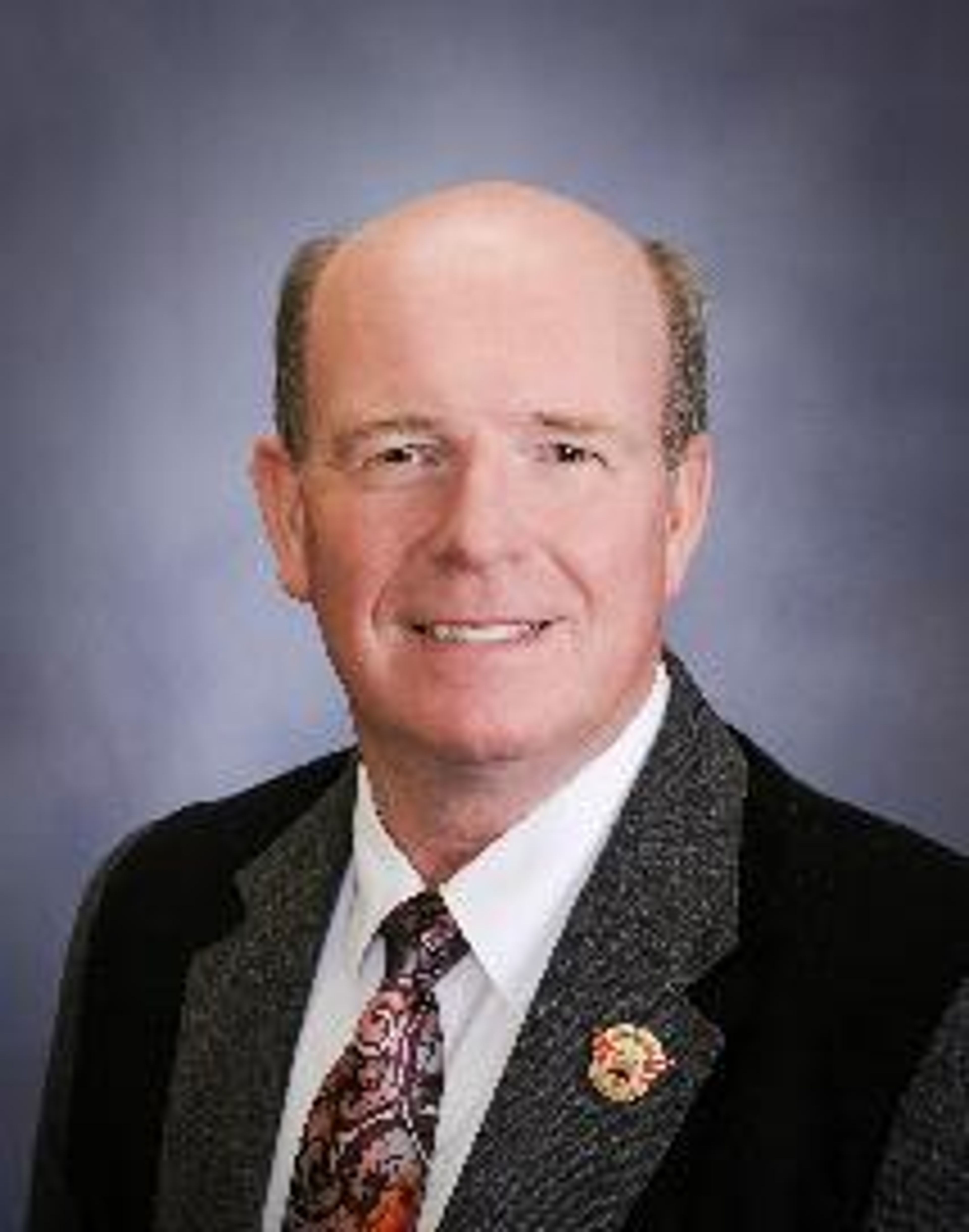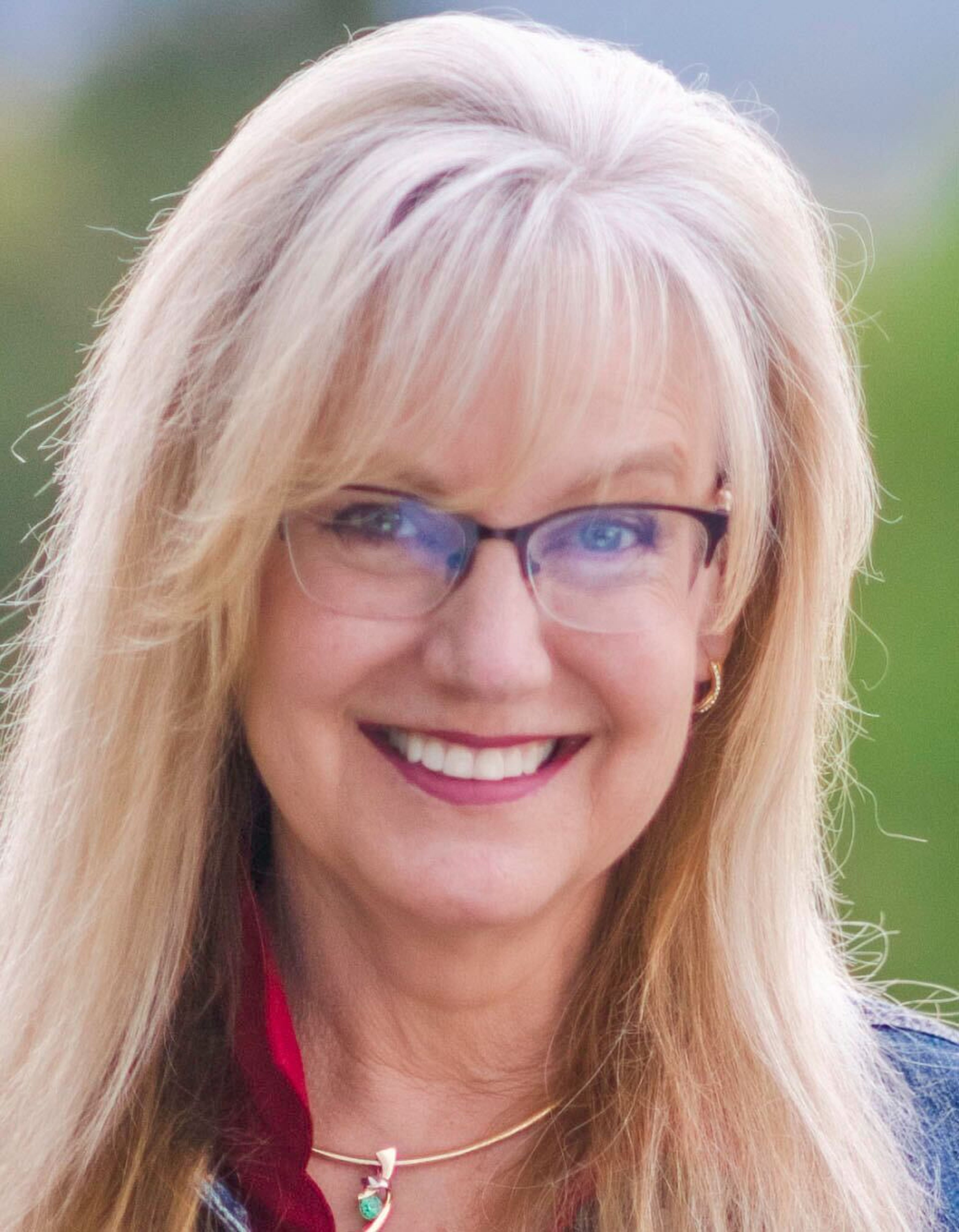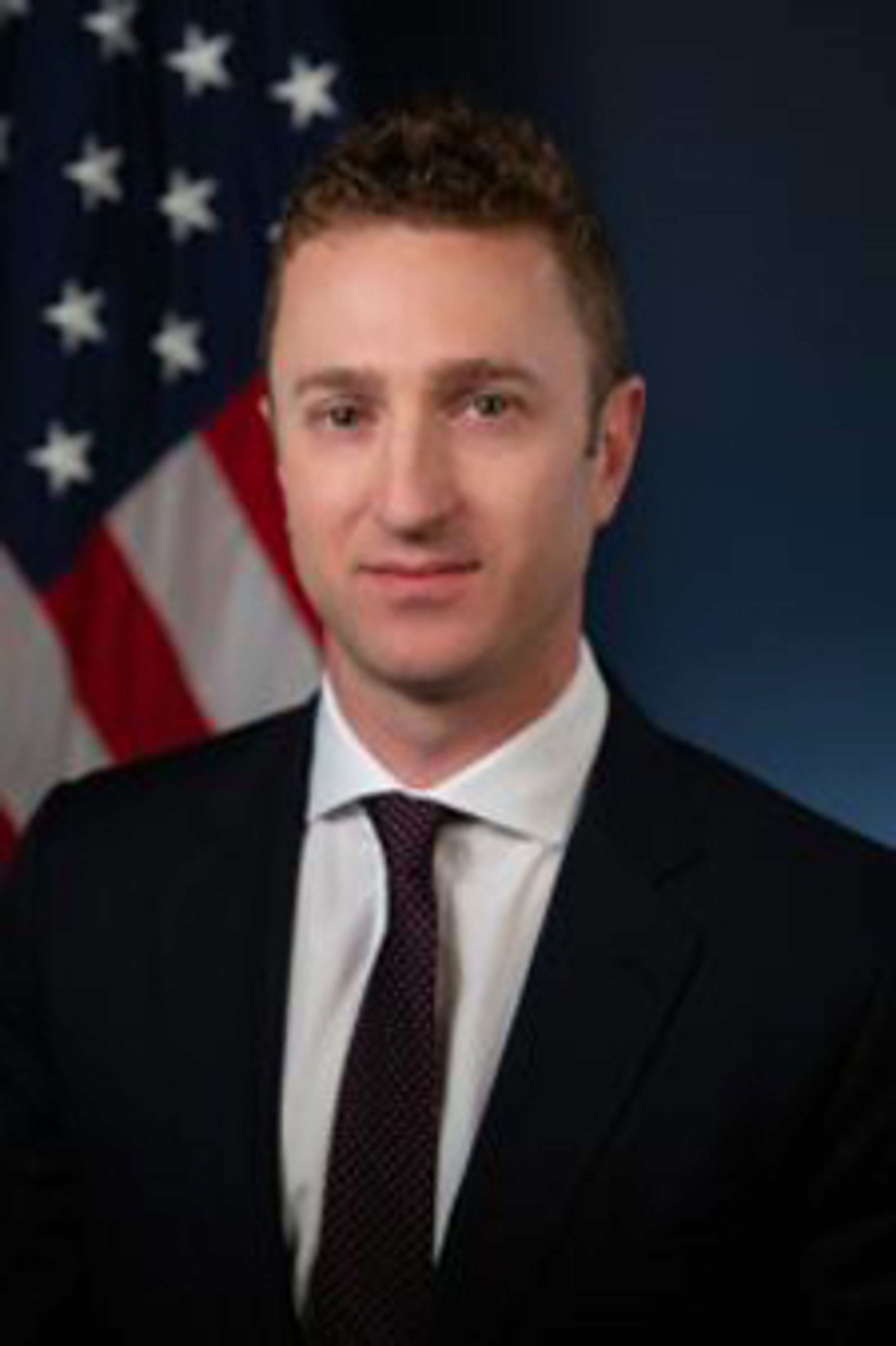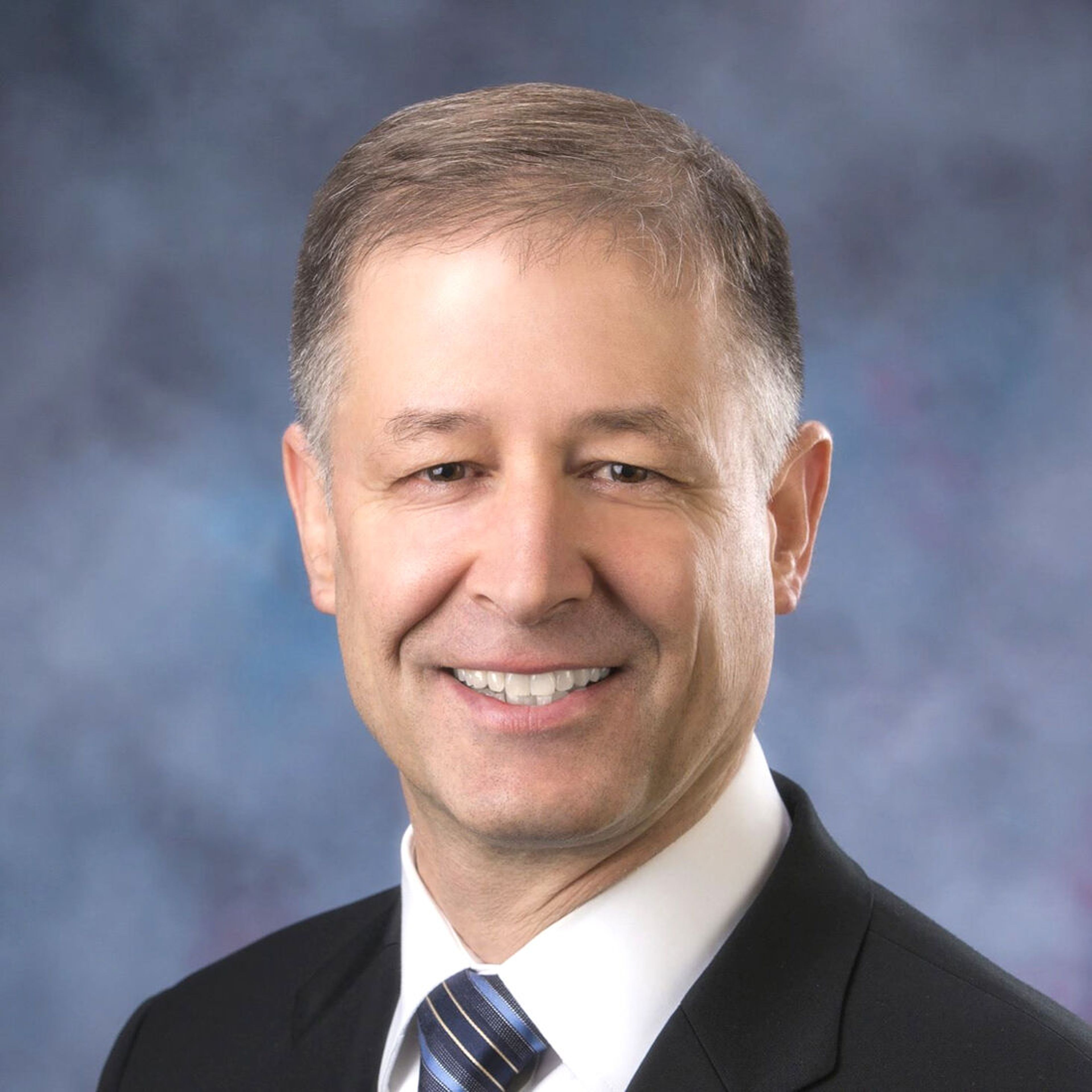For foster kids, ‘aging out’ brings new problems
Report: System’s youth often lack access to resources after turning 18
There’s a good reason that “coming of age” is its own prolific genre that includes thousands of books, movies and songs.
It’s a turbulent time during which teenagers transition to adulthood, and it can be even more fraught when that teenager is aging out of the foster system and experiencing life on their own for the first time with little support.
A report released Monday from the Annie E. Casey Foundation outlined national and Idaho data showing some progress in outcomes for foster youth, but indicated there were still many young people who aren’t accessing available resources as they age out of the system.
In 2021, 40% of Idaho’s foster youth aged out of the system when they turned 18 without permanent, legal connections to family or caregivers. Those who exit the system without these connections are more exposed to risks such as homelessness or economic instability, according to the report.
When Ivy Smith aged out of foster care in 2016, she got a binder of phone numbers for services she could potentially access, but most of the information was out of date and “essentially useless.” When Smith served on the Idaho Youth Advisory Board, she said the members highly recommended that the state create a consolidated place where foster kids can find resources and services available to them.
“There’s a lot of education that needs to be done and more awareness about all the different programs that are available to foster youth as they age out,” said Smith, who’s now the community relations and outreach specialist at Idaho Voices for Children.
Extended foster care, which allows youth to stay in the system until they are 21, wasn’t yet an available option in Idaho when Smith aged out. This federally reimbursable program was created in 2008 with Congress’s passage of the Fostering Transitions to Success and Increasing Adoption Act.
Smith said she learned about the program and that Idaho wasn’t participating when she was doing her capstone project as a student at Boise State University.
“Idaho could’ve accessed it since 2008,” Smith said, “and so I just became really upset and angry that this is a program that Idaho could’ve had all this time, something that could’ve helped me when I was aging out.”
She became part of the team that advocated for the Legislature to pass HB 336 in 2021, which allowed Idaho’s foster youth to opt in to the program if they’re eligible.
Idaho Voices for Children Director Christine Tiddens said that young people who use this program are more likely to progress further in education, have more access to to health and behavioral health services, experience less financial hardship and housing instability and have fewer experiences with the criminal justice system than those who leave at age 18.
By the end of 2022, 29 young adults utilized this program in Idaho.
“When foster youth are not getting the supports and services to transition into adulthood, then they are falling behind their peers,” Tiddens said. “So when we talk about next steps, this (the Annie E Casey Foundation) report is really helpful because it highlights the urgent need to ensure that foster youth have the full benefit of all the resources needed to thrive and contribute to their communities.”
The Annie E. Casey Foundation report found that 61% of foster youth who were 21 years old in 2021 had experienced incarceration; and 80% who were 21 in 2018 had been incarcerated. Around 80% of Idaho youth who’d been in foster care had a high school diploma or GED, the report found, which is lower than the average American, 90% of whom have finished high school or received a GED, according to the Census Bureau.
To be eligible, the foster youth must be enrolled in high school, post-secondary school or in a workforce training program, or working at least 80 hours a week. Staying in the foster program would allow them to stay with their current foster family or allow them to access resources to help find housing, apply to college and scholarships or receive educational training vouchers.
Those who don’t choose to opt in as they age out are still be able to anytime before they turn 21, as long as they’re eligible.
“This helps give foster youth a little bit more security while they’re learning the ins and outs of becoming an adult and essentially gives them a type of safety net,” Smith said.
Not enough young people in the foster system know about these services or know how to access them, Tiddens and Smith both said.
A persistent issue has been workforce shortages at child welfare agencies, Tiddens said. There’s been progress in increasing incentives to improve recruitment and retention, especially in the 2022 legislative session, but there still needs to be more social workers, she said.
“There’s a lot more than can be done to elevate the child welfare profession,” she said.
One goal her group is advocating for is partnering with universities to increase the number of professionals going into the field.
Smith said when she was in the system, her Idaho Department of Health and Welfare social worker had too high a caseload to really dedicate much time or space to her. It wasn’t until Smith started meeting with a social worker through the foundation of Casey Family Programs that she felt like her needs were really being fully met.
“She had so much more time and capacity to almost mentor me and meet with me and hear me in ways that I had never felt like I’d been heard or seen before by the Idaho Department of Health and Welfare social workers,” Smith said. “I don’t necessarily blame the social workers at the department. I just know that their cases are so overloaded that they’re just not able to dedicate that time and space to the youth. So when I was finally assigned a Casey Family worker, I felt like I had finally been seen and there was someone in my corner advocating for me as hard as I was.”
There have been a number of improvements to Idaho’s foster care system. The state Office of Performance Evaluations released studies in 2017 and 2018 that highlighted shortfalls in the state’s program capacity, organizational structure and system-level oversight, which resulted in a number of reforms.
Tiddens said many of the reforms passed through the Legislature unanimously and there’s been strong bipartisan support for improving the system, such as HB 336, but there’s more that could be done.
“Foster care is a system based in trauma and there are so many more steps we can do to better support kids and youth as they grow and develop,” Tiddens said.
Future changes to the system will need to center around hearing from the foster kids themselves and understanding what challenges they face and how they can be addressed, she said.
There’s also a need for volunteer Court Appointed Special Advocates, or CASAs. These advocates help ensure young people, especially those under 12, are getting a say in the decisions being made about their lives.
Additionally, Tiddens and Smith both underscored a huge need for more foster families in Idaho.
“There are a lot of foster youth, especially older foster youth, who are in desperate need of a foster home,” Smith said, “and these are youth who, they’re in stages of life where that guidance, that parental figure, is so crucial.”
Guido covers Idaho politics for the Lewiston Tribune, Moscow-Pullman Daily News and Idaho Press of Nampa. She may be contacted at lguido@idahopress.com and can be found on Twitter @EyeOnBoiseGuido.








